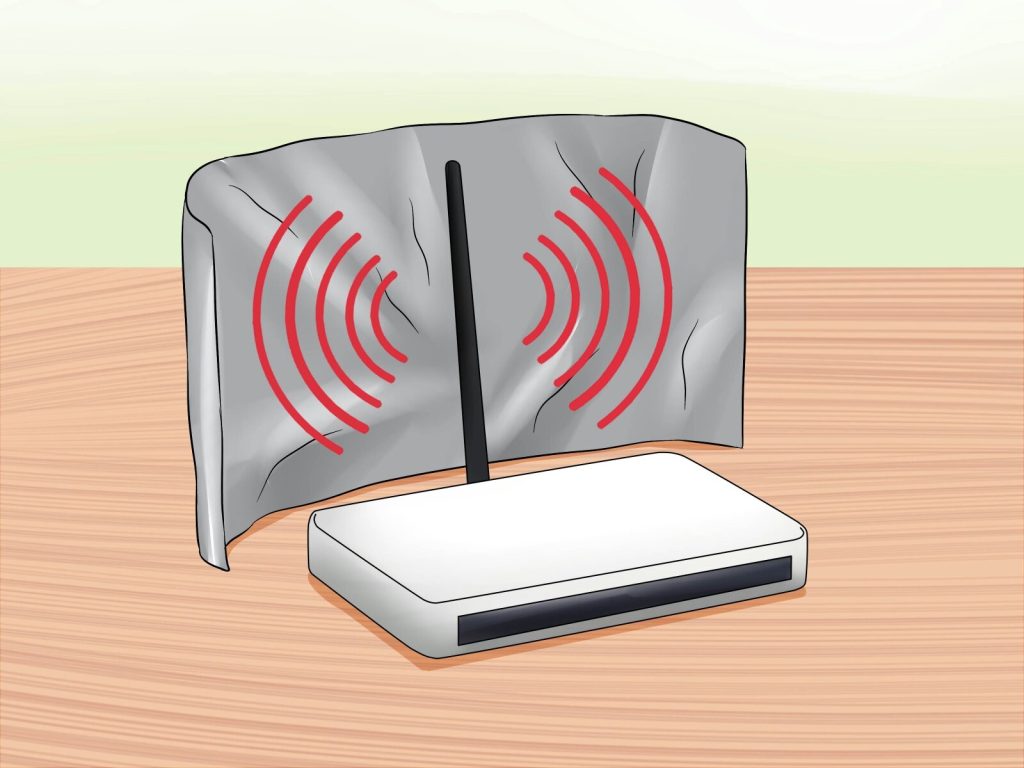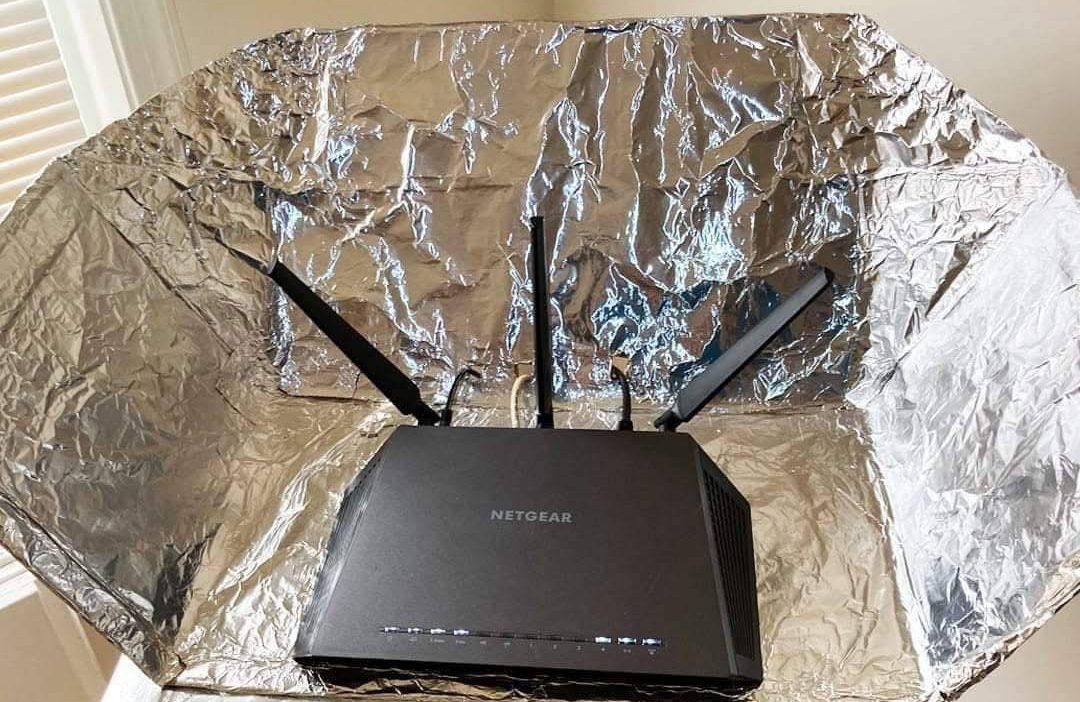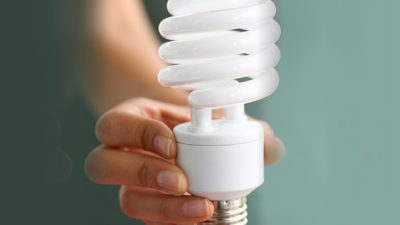In an age where stable internet is a lifeline—whether for work, gaming, or binge-watching—many of us have experienced the frustration of weak WiFi signals. While upgrading routers or investing in extenders can help, a surprising low-cost hack has taken the internet by storm: using aluminum foil to improve WiFi range and performance.
But does it actually work? Is there science behind it, or is it just another TikTok myth?
Let’s explore what happens when you put aluminum foil near your router—and whether it’s a clever trick or a tech placebo.
🧠 The Science Behind the Signal
Before diving into the foil hack, it’s essential to understand how WiFi works. WiFi routers transmit data via radio waves, specifically in the 2.4GHz and 5GHz frequency ranges. These signals spread outward in all directions—much like light from a bulb—and can be reflected, absorbed, or obstructed by physical objects.
Here’s where aluminum foil comes in.
Aluminum is a highly reflective material for electromagnetic waves, including WiFi signals. When used correctly, it can redirect or focus the signal in a particular direction—similar to how a satellite dish works.
🧪 What the Foil Hack Looks Like
The popular version of this hack involves creating a parabolic reflector out of aluminum foil and placing it behind your router’s antennas. Here’s a quick summary of how it’s done:

DIY Steps:
- Take a piece of cardboard and bend it into a curved shape.
- Wrap it in aluminum foil (shiny side out).
- Place the curved reflector behind the router’s antenna, pointing in the direction where you want better signal.
This simple trick is supposed to focus the WiFi waves forward, rather than letting them scatter in all directions.
📊 What Actually Happens
Several experiments—both amateur and academic—have tested this method. Here’s what’s generally observed:
✅ Pros
- Directional Boost: You’ll often see stronger signal strength in the direction the foil is pointing.
- Dead Zone Reduction: Areas that previously had a weak signal may now receive a usable connection.
- Improved Speeds: In some cases, users have reported speed increases of 10–20 Mbps in targeted zones.
- Zero Cost: It’s cheap, fast, and easy to try.
❌ Cons
- Signal Loss in Other Areas: Boosting one area may weaken others. WiFi is a shared resource—redirecting signals means they’re reduced elsewhere.
- Trial and Error: It takes some tweaking. If the angle or placement is off, it may make things worse.
- Not a Permanent Fix: It’s a band-aid solution. For persistent issues, upgrading your router, using mesh systems, or investing in a repeater is more effective.
🔬 What the Experts Say
A 2017 study from Dartmouth College found that placing a simple reflector made from cardboard and aluminum foil behind a router could improve signal strength by up to 50% in targeted directions. The researchers even created custom 3D-printed reflectors to optimize performance further.
While aluminum foil isn’t the perfect solution, it’s based on real physics—not just internet folklore.
💡 Pro Tips If You Try It
- Use the Shiny Side: It reflects better.
- Aim It Well: Think of your foil like a flashlight—wherever it points, the signal follows.
- Don’t Block the Antenna: Place the reflector behind or around, not in front.
- Test Your Signal: Use apps like NetSpot, WiFi Analyzer, or Speedtest to see real improvements.
🧯 When to Use It (and When Not To)
Use this hack if:
- You have one room with a weak signal.
- You can’t afford or don’t want to buy extra equipment.
- You like DIY tech fixes and want a quick improvement.
Avoid relying on it if:
- Your home is large or has multiple floors.
- You need consistently strong signals across all rooms.
- You’re running smart home systems or streaming 4K content regularly.
📝 Final Verdict
Does aluminum foil boost your WiFi?
Yes—in certain scenarios, and with careful placement, it can make a noticeable difference. While it won’t match the performance of a professional setup, it’s a fun, free, and surprisingly effective hack rooted in real science.
So if you’re dealing with a stubborn WiFi dead zone and have some aluminum foil in the kitchen, it’s worth a try. Just don’t expect miracles—and maybe keep it as a backup trick, not your go-to solution.





